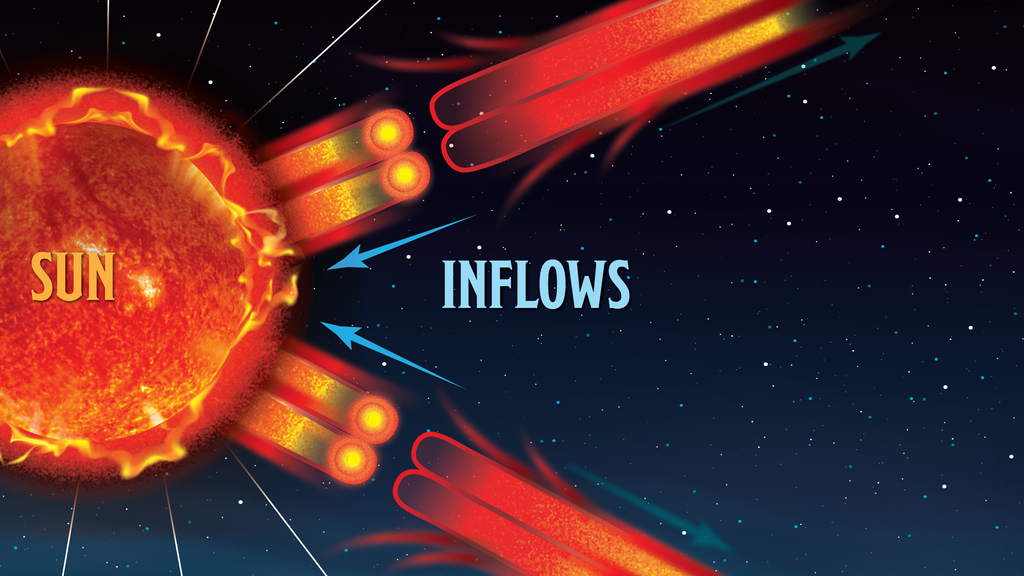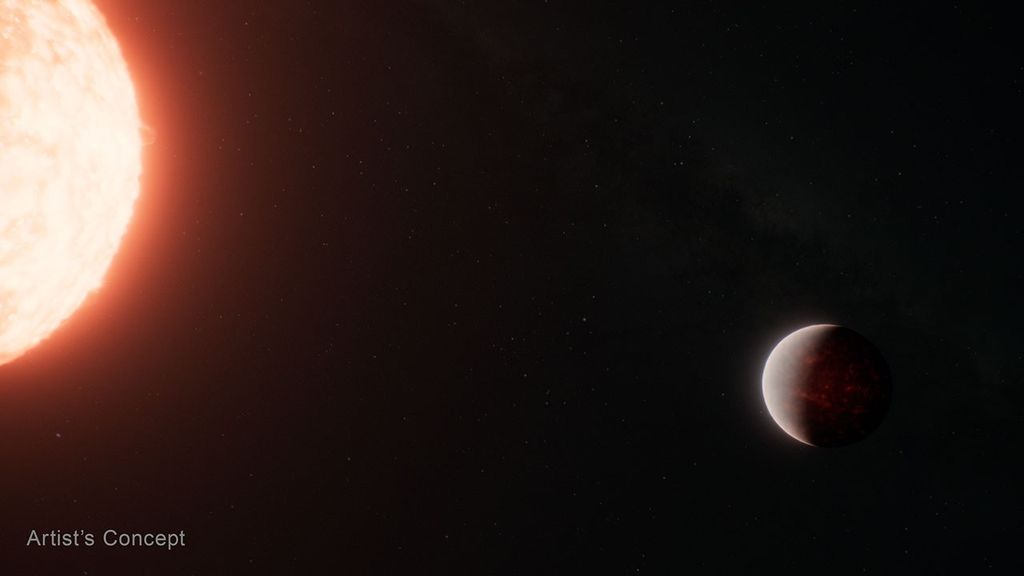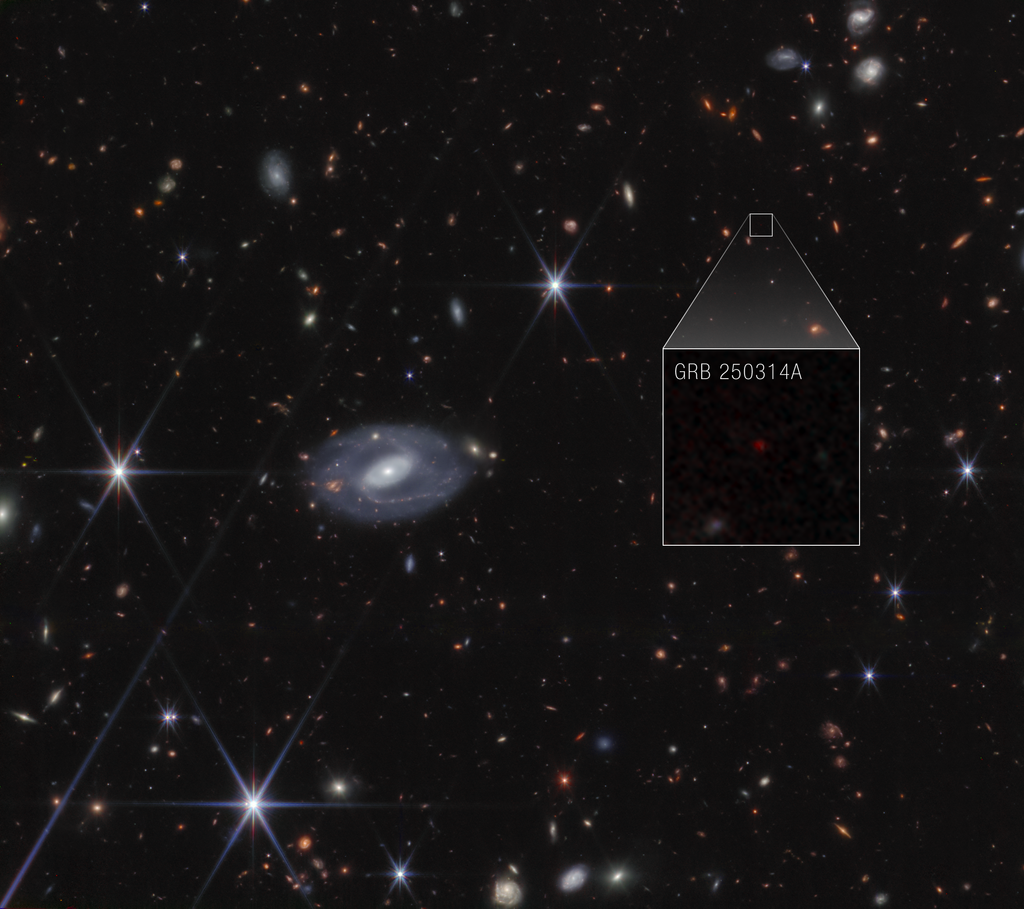1 min read
Close-Up Look at a Jet Near a Black Hole
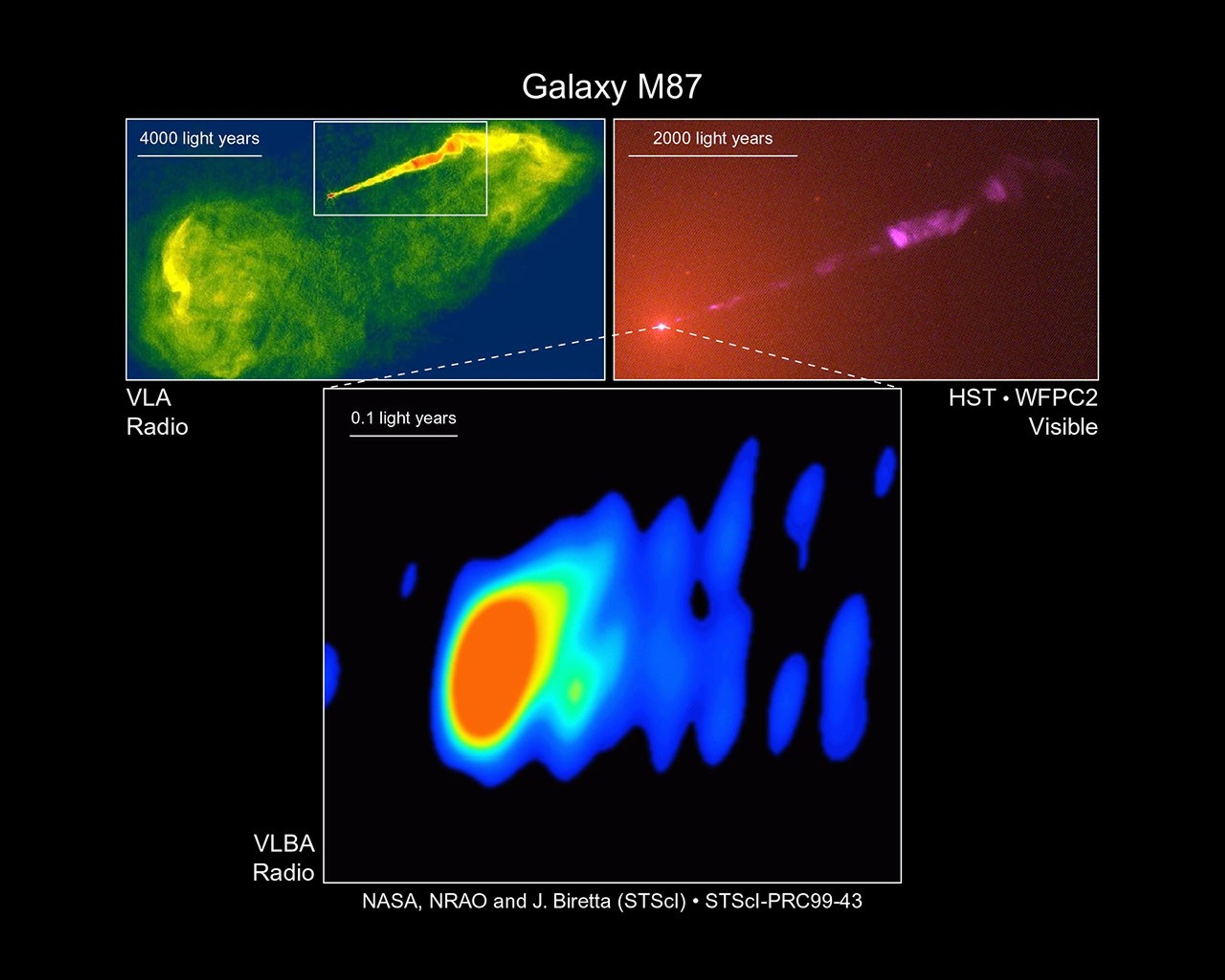
[top left] - This radio image of the galaxy M87, taken with the Very Large Array (VLA) radio telescope in February 1989, shows giant bubble-like structures where radio emission is thought to be powered by the jets of subatomic particles coming from the the galaxy's central black hole. The false color corresponds to the intensity of the radio energy being emitted by the jet. M87 is located 50 million light-years away in the constellation Virgo.
[top right] - A visible light image of the giant elliptical galaxy M87, taken with NASA Hubble Space Telescope's Wide Field Planetary Camera 2 in February 1998, reveals a brilliant jet of high-speed electrons emitted from the nucleus (diagonal line across image). The jet is produced by a 3-billion-solar-mass black hole.
[bottom] - A Very Long Baseline Array (VLBA) radio image of the region close to the black hole, where an extragalactic jet is formed into a narrow beam by magnetic fields. The false color corresponds to the intensity of the radio energy being emitted by the jet. The red region is about 1/10 light-year across. The image was taken in March 1999.
- Object NameObject NameA name or catalog number that astronomers use to identify an astronomical object.M87
- Release DateOctober 27, 1999
- Science ReleaseVery Long Baseline Array Reveals Formation Region of Giant Cosmic Jet Near a Black Hole
- Credit
Related Images & Videos

Black Hole in Galaxy M87 Emits Jet of High-Speed Electrons
A visible light image of the giant elliptical galaxy M87, taken with NASA Hubble Space Telescope's Wide Field Planetary Camera 2 in February 1998, reveals a brilliant jet of high-speed electrons emitted from the nucleus (diagonal line across image). The jet is produced by a...
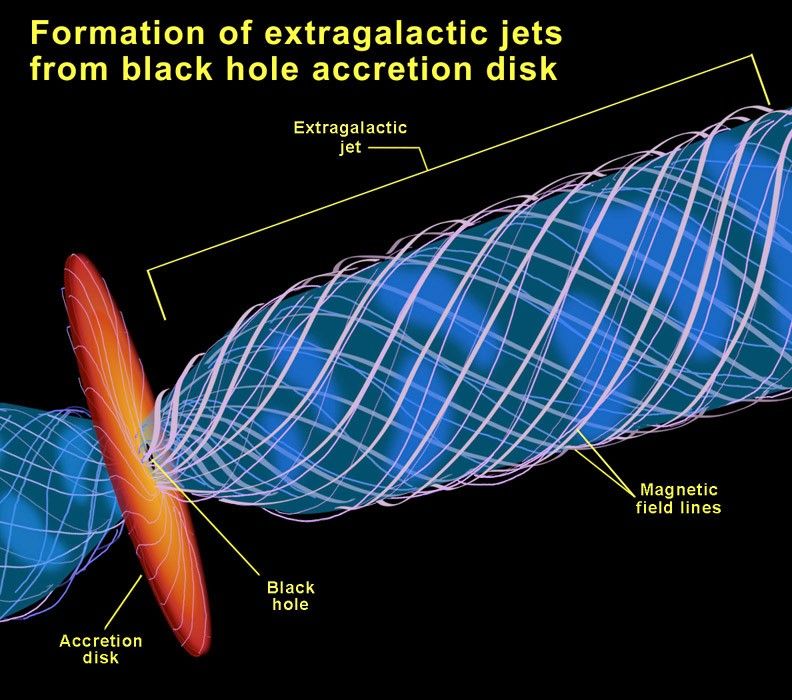
At the Source of an Extragalactic Jet
Artist's concept of the formation region of M87's jet. An accretion disk (red-yellow) surrounds the black hole, and its magnetic field lines twist tightly to channel the outpouring subatomic particles into a narrow jet. The jet opens widely near the black hole, then is shaped...
Share
Details
Claire Andreoli
NASA’s Goddard Space Flight Center
Greenbelt, Maryland
claire.andreoli@nasa.gov










